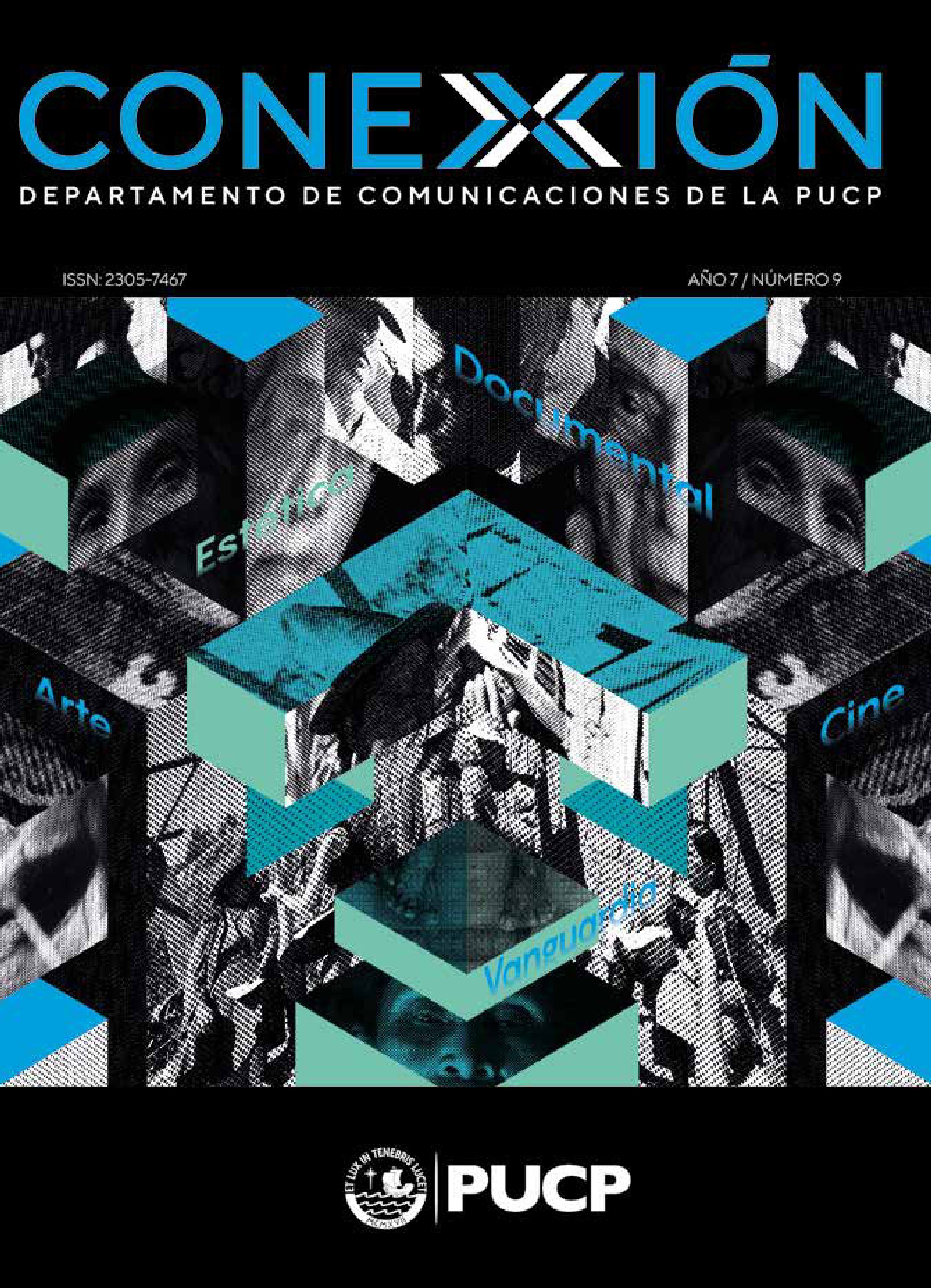Descubriendo a través de los sentidos algo más que el talking-head: el Documental como Entrevista Panestésica
DOI:
https://doi.org/10.18800/conexion.201801.005Palabras clave:
Entrevista, sentidos, panestésica, documental, talking-headsResumen
Las metodologías empleadas en la entrevista documental a menudo se simplifican demasiado y no se teoriza al respecto, y los talking heads (cabezas parlantes), la técnica de entrevista más empleada dentro del documental, a menudo se percibe como si fuese la única mientras es solo una entre muchas. ¿Qué metodologías alternativas son posibles en un documental que tenga en cuenta el mundo sensorial y que vaya más allá del talking head? Desde un enfoque multisensorial, no solo para las entrevistas sino también para todo mi proceso de realización cinematográfica, he desarrollado un nuevo método de entrevista denominado: método panestésico. Baffle Their Minds with Bullsh*t, Kerry Leigh (2013) presenta al talking head como metodología, mientras que en The Blooming (título provisional) le conecto un micrófono inalámbrico a Wynn, mi entrevistado, durante más de 18 horas en un barco pesquero. Al contrastar estos dos casos de estudio, el método panestésico surge como una propuesta metodológica para repensar el documental.
Descargas
Publicado
Cómo citar
Número
Sección
Licencia
Derechos de autor 2018 Conexión

Esta obra está bajo una licencia internacional Creative Commons Atribución 4.0.














